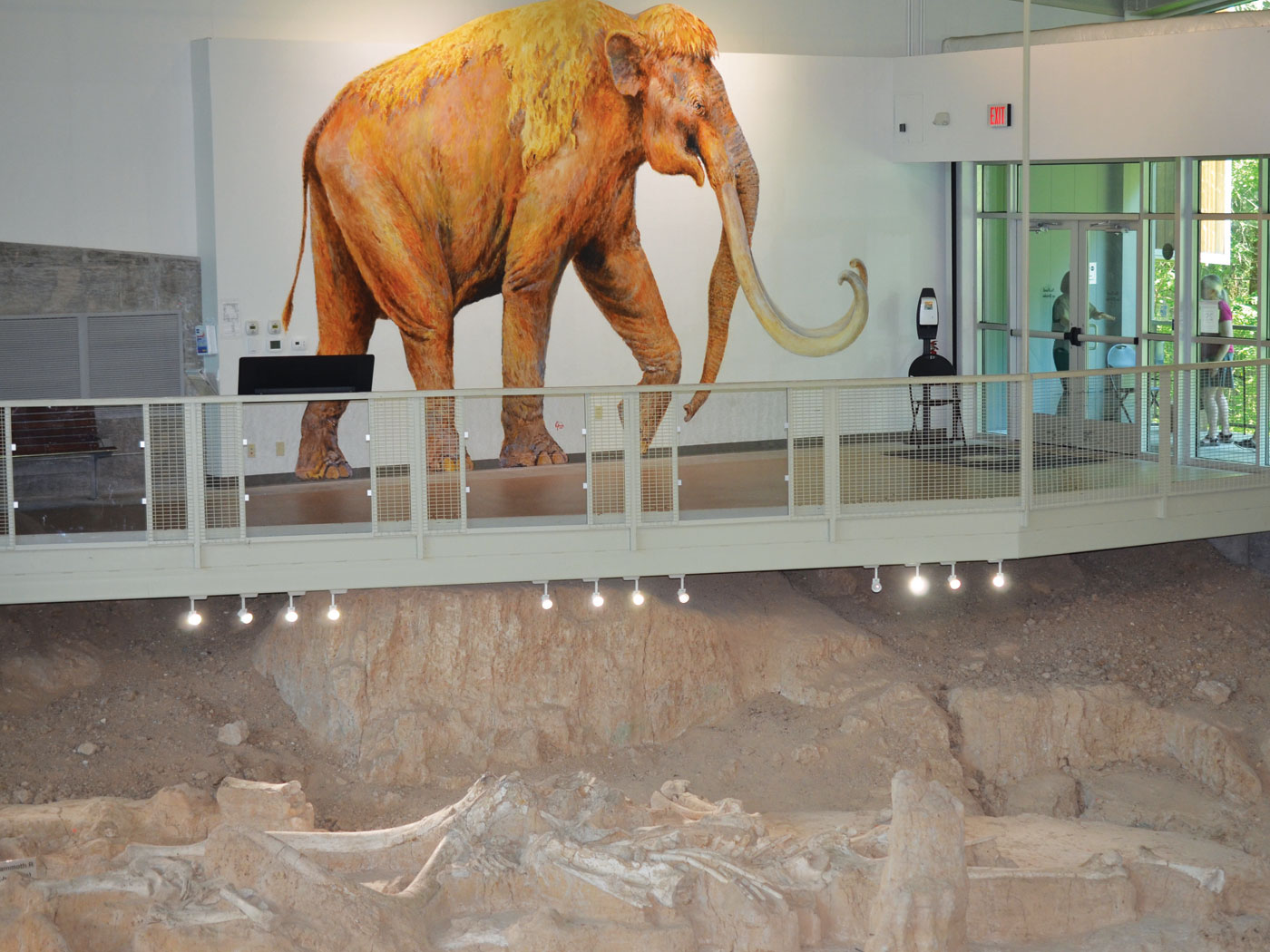This article is part 2 of 3 in a series.
In the ongoing debate about stem cell research, few people differentiate between adult stem cells and embryonic stem cells. Also, few know that there are over 70 successful treatments from adult stem cells and none from embryonic.1
What has many up in arms is that the production of embryonic stem cells endangers the life of a very small, but distinctly human, person. Once a human egg has been fertilized, a new cell results, called a zygote. This single cell contains all the instructions required to mature and develop a full-term baby and is therefore rightly considered an immature person. The zygote continually divides and undergoes "differentiation" where, in the context of the womb, scores of different tissues manifest in their proper positions (assuming a healthy embryological development occurs).
Those who support the use of embryonic stem cells claim that these cells have the best potential for health and medical research. The National Institute of Health website states:
Pluripotent2 stem cells offer the possibility of a renewable source of replacement cells and tissues to treat a myriad of diseases, conditions, and disabilities including Parkinson's disease, amyotrophic lateral sclerosis, spinal cord injury, burns, heart disease, diabetes, and arthritis.3
Embryonic stem cells are pluripotent, but their controlled development has thus far been impossible to manipulate. However, investigators have successfully converted adult stem cells back to pluripotent cells.4
This would seem to negate the need for embryonic stem cells. Nonetheless, some scientists are still set on using embryonic stem cells and they are looking to obtain them from other sources. At the beginning of 2008, the U.K. licensed the University of Warwick to begin developing human-pig hybrids, from which they hope to derive embryonic stem cells.
This leads to many ethical questions, but the central issue is the sanctity of human life. With the availability of adult stem cells, there is no medical need for embryonic stem cells--except for those who are attempting to create human or human-animal clones.
Between the development of human-animal hybrids, campaigns for ape rights, and continued lobbying for embryonic stem cell research, it seems as though there is an effort to blur the definition of what is human. Though opinions vary widely regarding what will offer the greatest benefit to humanity, it is only when we respect God and His unique creations that we will be able to steer a judicious course through these murky issues.
References
- Fact sheet from Do No Harm: The Coalition of Americans for Research Ethics. Posted on www.stemcellresearch.org April 11, 2007, accessed July 2, 2008.
- Pluripotent cells are able to differentiate into any other tissue type in the body as they undergo development. Adult stem cells can be made pluripotent in the lab.
- Why are doctors and scientists so excited about human embryonic stem cells? Stem Cell Information FAQ, National Institute of Health website, accessed July 2, 2008.
- Scientists reprogram human skin cells into embryonic stem cells. Posted on Physorg.com. February 11, 2008, accessed July 7, 2008.
* Mr. Thomas is Science Writer.
Article posted on July 10, 2008.
To read the previous article in the series, go to "U.K. Grants Approval for Human-pig Hybrid Embryos."
To read the next article in the series, go to "Human-pig Embryos: A Question of Morality."







